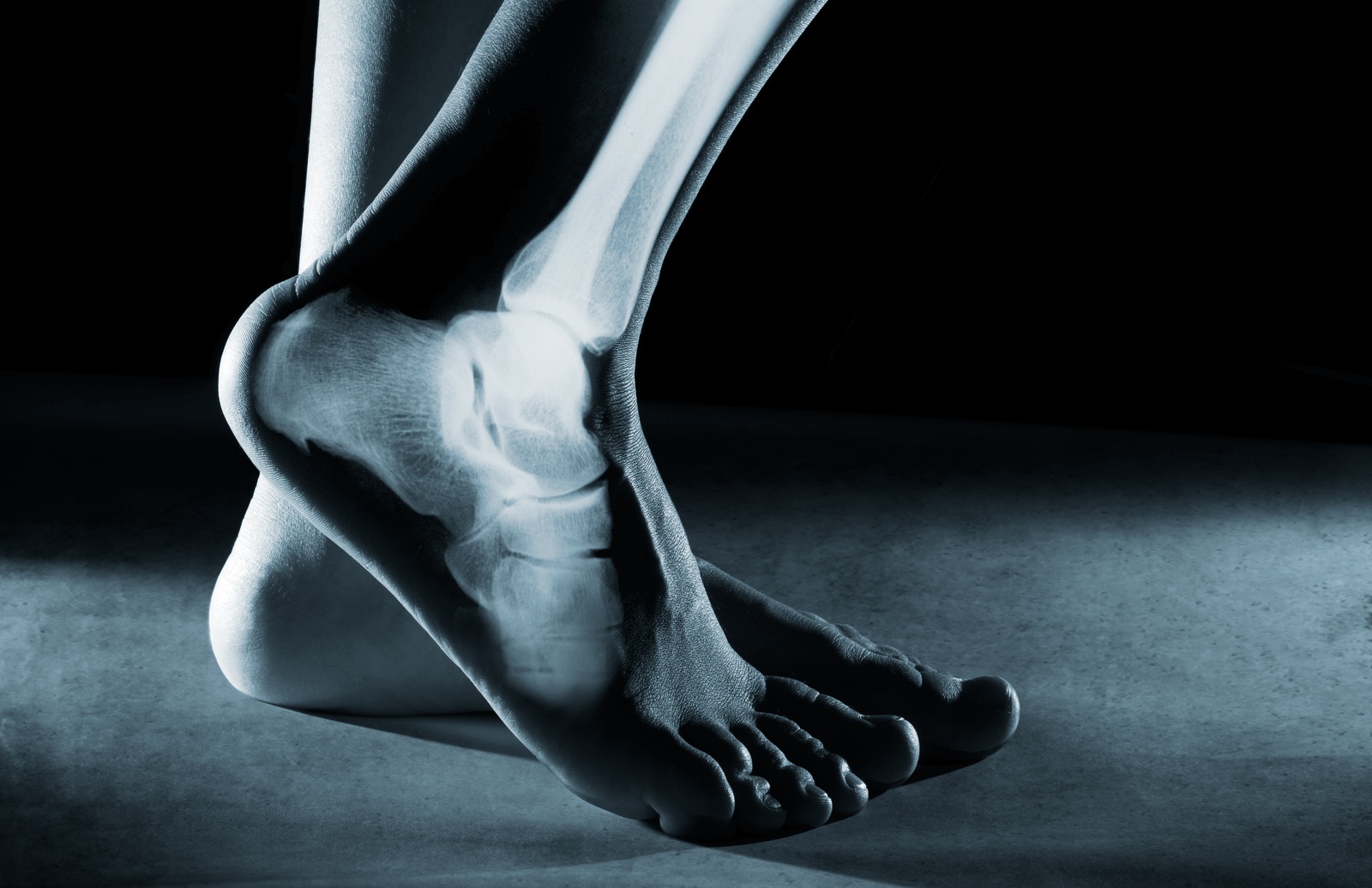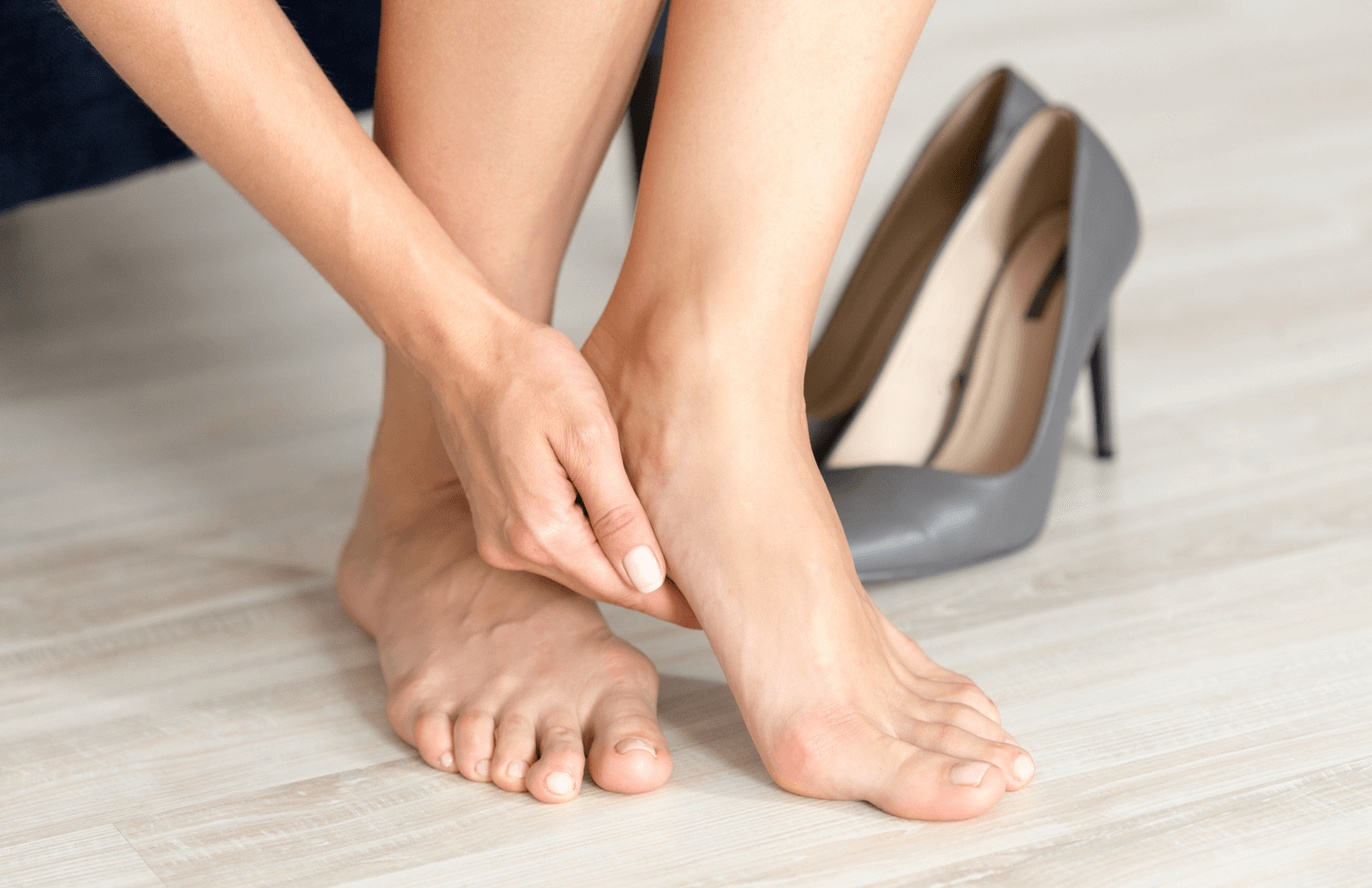If you've ever felt that nagging pain at the back of your heel, you're not alone. Achilles tendonitis is a common injury among athletes, especially runners. This painful condition develops when the large tendon connecting your calf muscles to your heel bone becomes inflamed or irritated, often turning simple activities like walking up stairs into uncomfortable challenges.
Whether you pound the pavement as a dedicated runner, enjoy weekend sports, or spend long hours on your feet at work, Achilles tendonitis can significantly impact your daily comfort and mobility.
Read on to explore effective treatment options and prevention strategies from the best podiatrist in Beverly Hills, who proudly serves everyone throughout Los Angeles, from Santa Monica to West Hollywood.
What is Achilles Tendonitis?
Achilles tendonitis is an inflammation of the thick band of tissue that connects your calf muscles to your heel bone, also known as the Achilles tendon. This painful condition typically develops from repetitive stress or sudden increases in physical activity that overload the tendon. While anyone can develop Achilles tendonitis, it most commonly affects runners, athletes, and people who wear shoes with inadequate support. Several factors can increase your risk, including:
- Tight calf muscles that put extra strain on the tendon
- Flat feet that alter your walking mechanics
- Training errors, such as ramping up your running mileage or exercise intensity too quickly
These things can cause small tears in the tendon fibers that, when not given proper time to heal, lead to pain, swelling, and reduced flexibility in the ankle area.
What Are the Symptoms of Achilles Tendonitis?
The hallmark symptom of Achilles tendonitis is pain or stiffness in the back of the heel, which typically feels worse during or immediately after physical activity and often intensifies first thing in the morning when you take your initial steps of the day. Many people also notice visible swelling or thickening of the tendon, sometimes accompanied by warmth or redness in the affected area.
As the condition progresses, you might experience a distinct creaking or cracking sensation when moving your ankle, which indicates more advanced irritation within the tendon. These symptoms may start mild but can gradually worsen if the underlying irritation isn't addressed, making everyday activities like climbing stairs or walking increasingly uncomfortable.
How is Achilles Tendonitis Diagnosed?
Diagnosing Achilles tendonitis typically begins with a physical examination, where a trained podiatrist checks for tenderness along the tendon, swelling around the heel area, and any limitations in the ankle's range of motion. They may also ask you to perform simple movements like standing on your toes to assess pain levels and function.
While this physical assessment is usually sufficient for diagnosis, you may need imaging tests in certain cases. Ultrasounds can visualize inflammation of the Achilles tendon in real-time, while an MRI provides detailed images that can confirm the diagnosis or rule out more serious problems like partial or complete tears of the tendon.
Getting an early and accurate diagnosis is important, as prompt treatment can prevent the condition from developing into chronic pain or, in severe cases, a complete tendon rupture that may require surgical repair.
What Are the Treatment Options for Achilles Tendonitis?
Treatment for Achilles tendonitis typically begins with conservative approaches that you can often manage at home. These first-line treatments include:
- Resting the affected foot
- Applying ice to reduce inflammation
- Taking over-the-counter anti-inflammatory medications like ibuprofen
- Performing gentle stretching exercises for the calf and Achilles tendon
If home treatment is not working, seeing a podiatrist for personalized treatment is the best course of action. Common advanced treatments under the skilled guidance of a podiatrist include:
- Physical therapy for specialized eccentric strengthening exercises, where the muscle lengthens while contracting
- Heel lifts in your shoes to reduce strain on the tendon while it heals
- Temporary immobilization of the ankle joint with a walking boot
In situations where the tendon has partially or completely torn, or if symptoms don't improve after several months of conservative treatment, surgical intervention may become necessary to repair the damaged tendon tissue. It is important to note that corticosteroid injections are rarely used due to the risk of tendon weakening.
How Long Does Achilles Tendonitis Take to Heal?
The healing timeline for Achilles tendonitis varies considerably depending on the severity of your condition and how quickly you begin treatment:
- Mild cases, when caught early and treated promptly with rest, ice, and gentle stretching, can show significant improvement within two to three weeks.
- However, moderate to severe cases typically require much more patience, often taking three to six months to fully recover as the damaged tendon fibers gradually repair themselves.
This extended timeline can be frustrating for active individuals, but trying to push through the pain or returning to regular activities too soon can be counterproductive. It often leads to chronic tendonitis that becomes increasingly difficult to resolve or, in the worst cases, a complete tendon rupture that might require surgical repair and an even longer recovery period. The key to faster healing is respecting your body's signals and gradually rebuilding activity levels only as your symptoms improve.
How Can I Prevent Achilles Tendonitis From Coming Back?
Preventing Achilles tendonitis from recurring requires a thoughtful approach to your daily activities and exercise routine. Here are some things to keep in mind that can help:
- Always begin workouts with a proper warm-up to increase blood flow to your muscles, followed by gentle stretching of your calf muscles to maintain flexibility in the Achilles tendon.
- When planning your training schedule, avoid suddenly increasing your mileage, intensity, or hill work. Instead, follow the 10% rule by increasing your training volume by no more than 10% each week.
- Footwear choices play a crucial role, too. Invest in supportive athletic shoes appropriate for your specific activities, replace them before they wear out, typically every 300-500 miles for running shoes, and limit your time in high heels or completely flat shoes that put extra strain on the tendons.
- Incorporate cross-training activities like swimming or cycling into your fitness routine and add targeted strengthening exercises for your lower legs. These strategies distribute stress across different muscle groups and build resilience in the tendons, reducing your risk of future flare-ups.
Where LA Residents Can Find the Best Podiatrist in Beverly Hills for Achilles Tendonitis Treatment
Chronic heel pain shouldn’t be something you learn to live with, and with expert care, it doesn’t have to be. We specialize in diagnosing and treating Achilles tendonitis with a personalized, evidence-based approach that supports healing and prevents recurrence.
At our Beverly Hills clinic, our experienced team uses advanced diagnostics, thoughtful treatment planning, and hands-on guidance to help Los Angeles patients recover faster and move with confidence again. Whether you’re an athlete, weekend warrior, or someone whose job keeps you on your feet, we’re here to restore comfort and function with care that’s both expert and compassionate.
Ready to get back to pain-free walking and running with the best podiatrist in Beverly Hills for Achilles tendonitis treatment?




